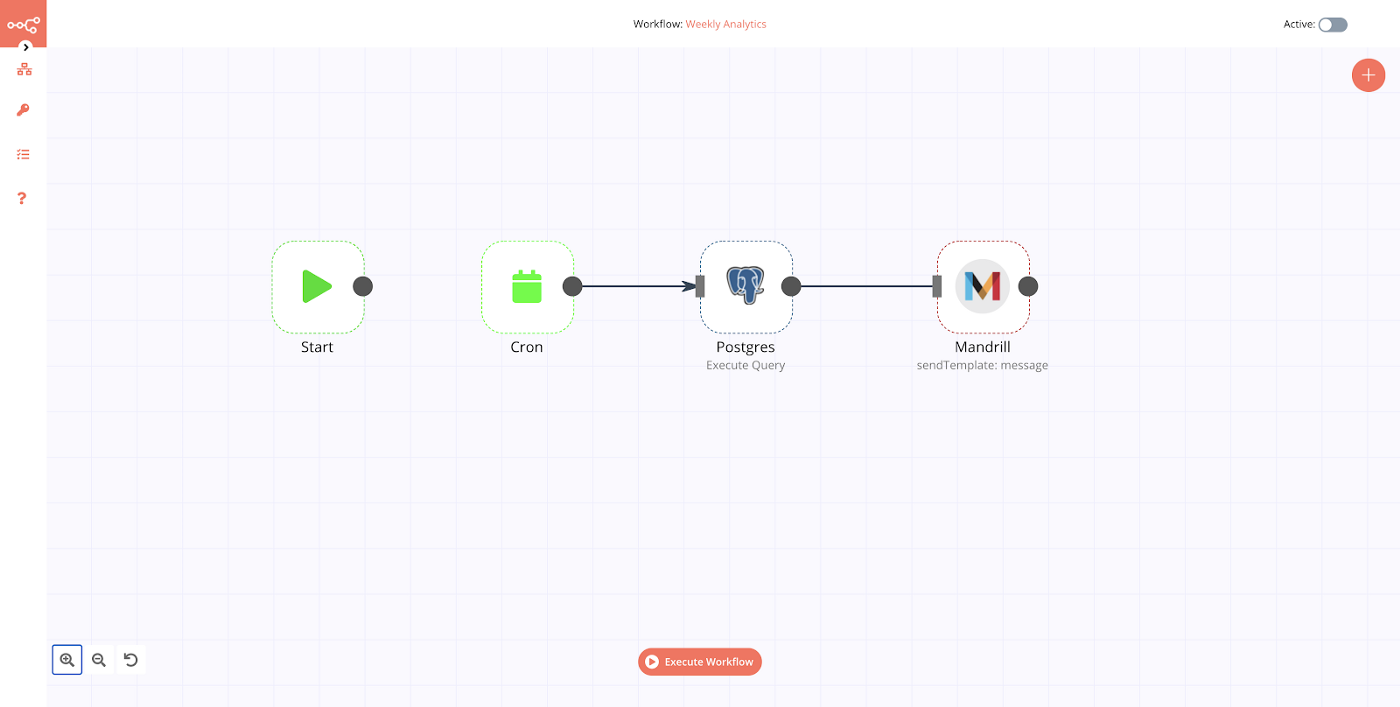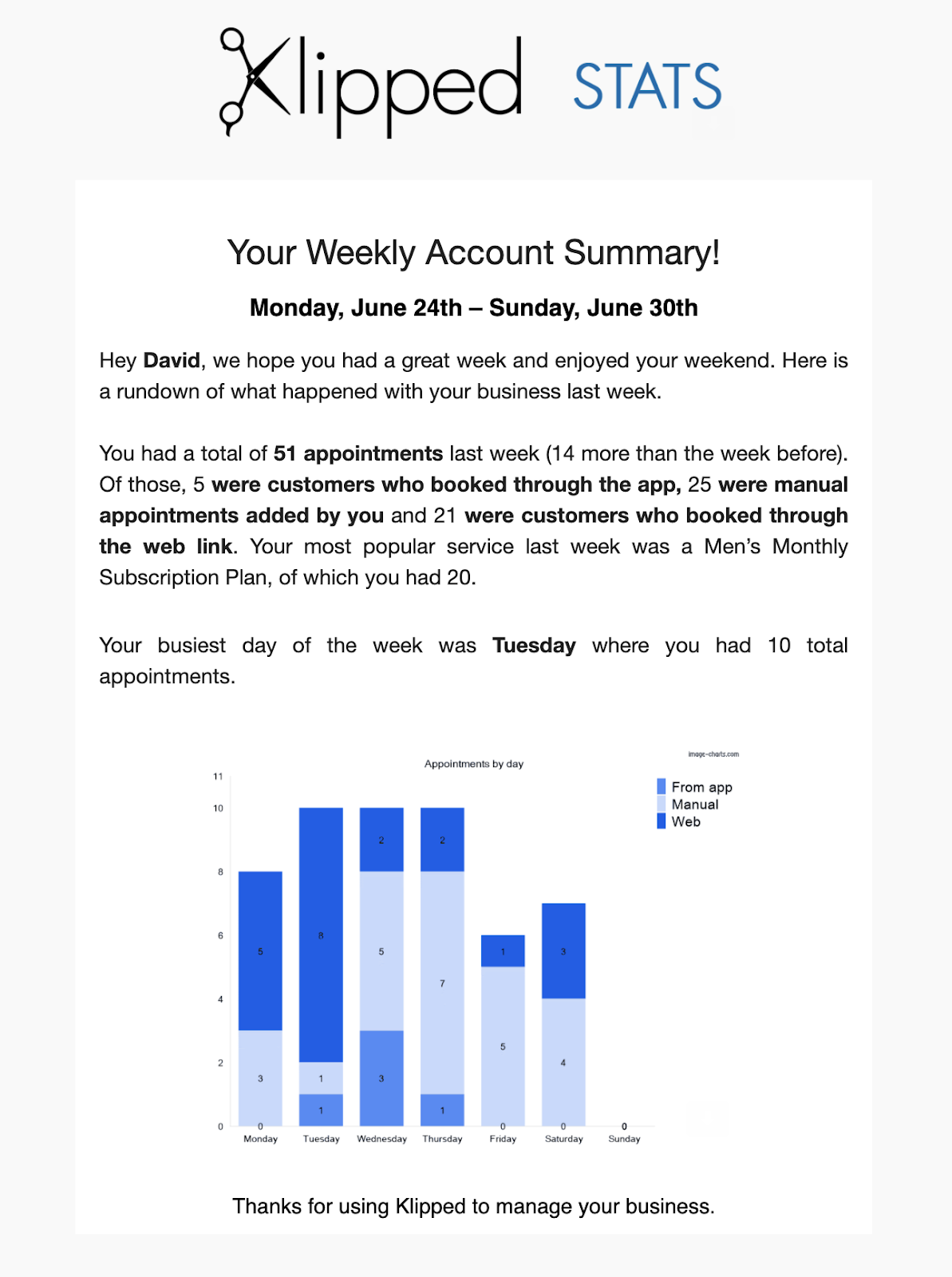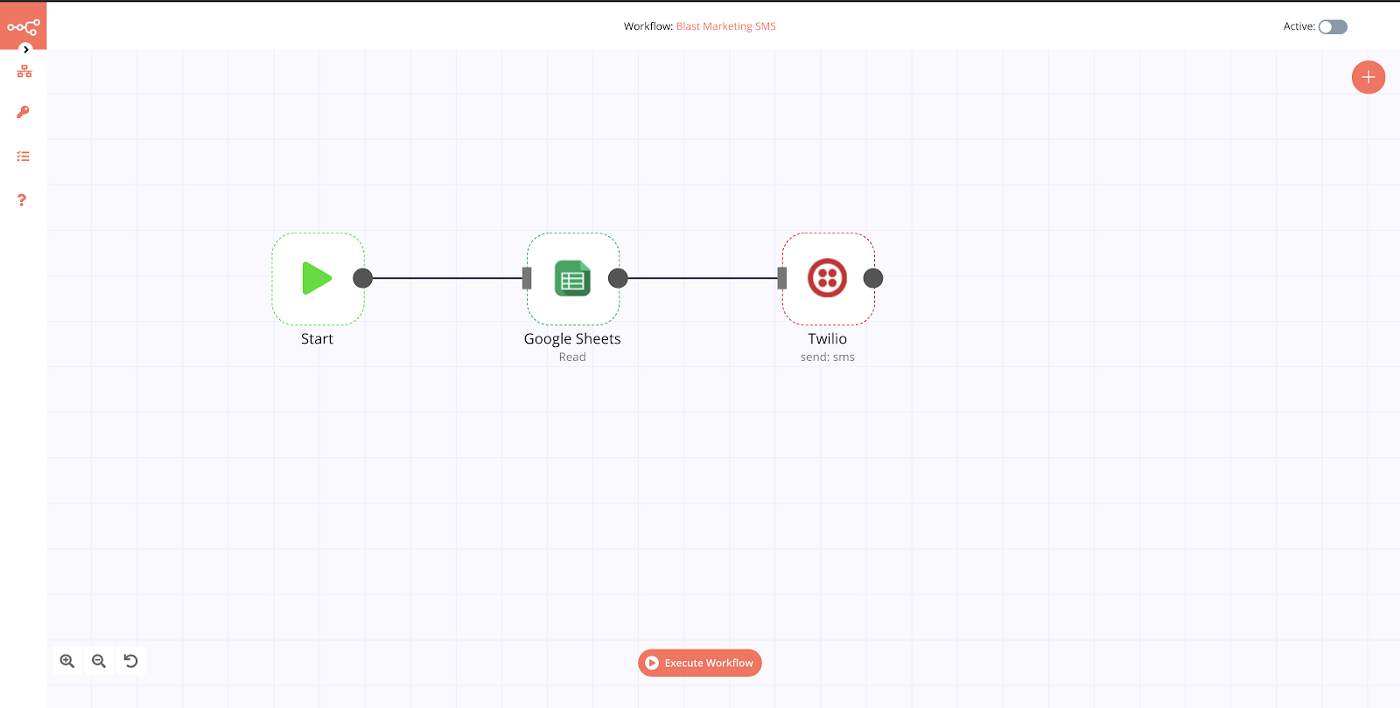From the early days of n8n, Ricardo has been one of the most active contributors to the GitHub project. He created more than 60 nodes, and eventually joined the n8n team as an integration developer. In this interview, he shares with us his journey and waht drives his passion for open-source projects.
Can you tell me a bit about yourself?
I’m Ricardo Espinoza, I’m a software engineer. I’m originally from Venezuela, where I got my degree in Informatics Engineering In 2014. Came to the US the same year, to visit a friend (for a month) in Gainesville and have been here five years so far (long story).
How did you first get involved with n8n?
Ever since I was at college I always wanted to contribute to an “open-source” project. It was fascinating to me how a project can be built from people all over the world with different backgrounds and skill sets. I tried many times, however, never seemed to find a proper fit. The source codes were always too complex for me to understand, making it kind of overwhelming. I probably did not have enough experience back then.
I had been looking for a tool to automate a bunch of tasks I was doing manually every week at my job, but the tools I found were either not extensible or I could not afford them. In October 2019, I was scrolling through Product Hunt as I used to do every morning and found n8n. I saw the explainer video, and had an AHA moment. I immediately went to the project’s website, downloaded it, ran it locally, and started to play with it. It was love at first sight.
My first use-case was to read a bunch of emails from Google Sheets and send transactional emails with Mandrill. This is what I was doing manually with code every week and noticed n8n did not have a Mandrill node yet. This is when I knew that this was my opportunity to make my first contribution. Also, the fact that n8n is written on NodeJS was a huge advantage as I had been working with NodeJS for the last 3 years. It took me a couple of weeks to craft that first node and send my first PR to the project. Once it got merged, after including feedback from Jan (CEO and founder of n8n), I got addicted to it.
After this first contribution, I began to work on nodes requested by the community and got a lot of positive feedback. The feeling that you get when you know you are providing value to the broader community got me even more hooked. Next time I knew I had hit 50 nodes.
I have to mention that this would not have been possible if Jan had not been such a welcoming guy. He always answered all the questions that I had, and provided guidance throughout the process.
What are you working on these days?
In March 2020, I got the opportunity to work for n8n. I mostly work (as you might have imagined) with nodes and provide support to the n8n community. I’m also one of the co-founders of a mobile app called Klipped.
What made you decide that n8n would be the most suitable tool for you?
I have used Zapier and Parabola in the past. Here are some of the things that make me stick with n8n:
- The source code was open to extending.
- I could deploy whenever I wanted (it’s dockerized).
- Had a lot of integrations implemented by the time I discovered it.
- The overall user experience.
- It’s easy to add your own integrations.
- Friendly and attentive community.
What advice would you like to offer to people looking to get started with contributing to projects on GitHub?
The only advice I would give you is to find a project that you are excited about and is aligned with your skill set. That excitement is what would keep you going no matter what.
Are you using n8n at work to automate things there? Could you give some examples?
Yes, I have been using it to automate tasks for Klipped. Since I’m the only back-end developer there, I try to automate as much as possible. One of the workflows I used the most is ‘Weekly Analytics’’. It consists of a cronjob that runs every Monday, calls the Postgres node, and retrieves the records that meet certain criteria. It then calls the Mandrill node to send an email.


I have also built a similar workflow “Blast Marketing SMS” to help my coworkers to send marketing text messages without my help. It consists of two nodes, GoogleSheets node and the Twilio node. Whenever they want to send SMS to our customers, they fetch the customer from our internal tool, which returns an CSV file (with the phone numbers and metadata). Once this CSV file is uploaded to GoogleSheets, they configure the SMS on the Twilio node and to finalize just execute the workflow.
This is a very simple workflow but saves me tons of times (They like to send tons of marketing messages). I used to do this “manually” writing scripts on NodeJS and consuming REST APIs. Now, I can use that time to work on things that bring value to the customers, like, building new features, fixing bugs, etc.
Of course it took me some time to get them to learn and use n8n (both are sales guys) but it was totally worth it.

I will definitely use n8n to automate more and more tasks. These are just simple workflows but n8n can do way more complex workflows for a variety of use-cases.
What advice do you have for people looking to incorporate n8n in their teams or projects?
Download the project locally and start playing with it. As you start working with it, the possibilities of various powerful automations are going to start popping into your mind.
How do you envision using n8n in the near future?
I envision n8n as we envision it as a company and it’s to be the default automation tool worldwide, enabling people to connect anything to everything.
Where can readers find more about you?
You can find me on Twitter as @Ricardo_E105 or can reach me at ricardo@n8n.io.
n8n users come from a wide range of backgrounds, experience levels, and interests. We have been looking to highlight different users and their projects in our blog posts. If you’re working with n8n and would like to inspire the community, contact us.




